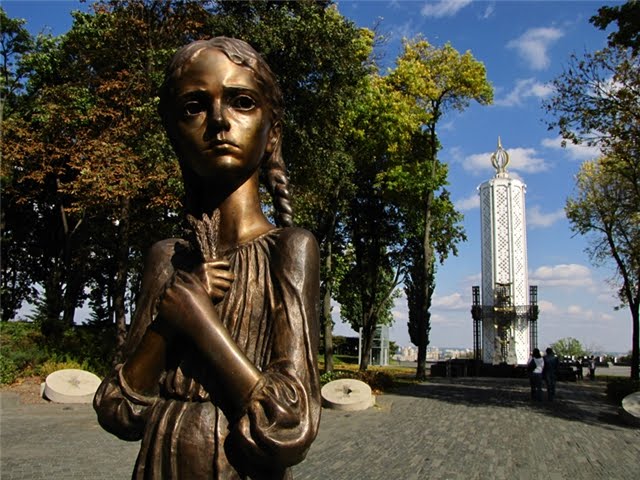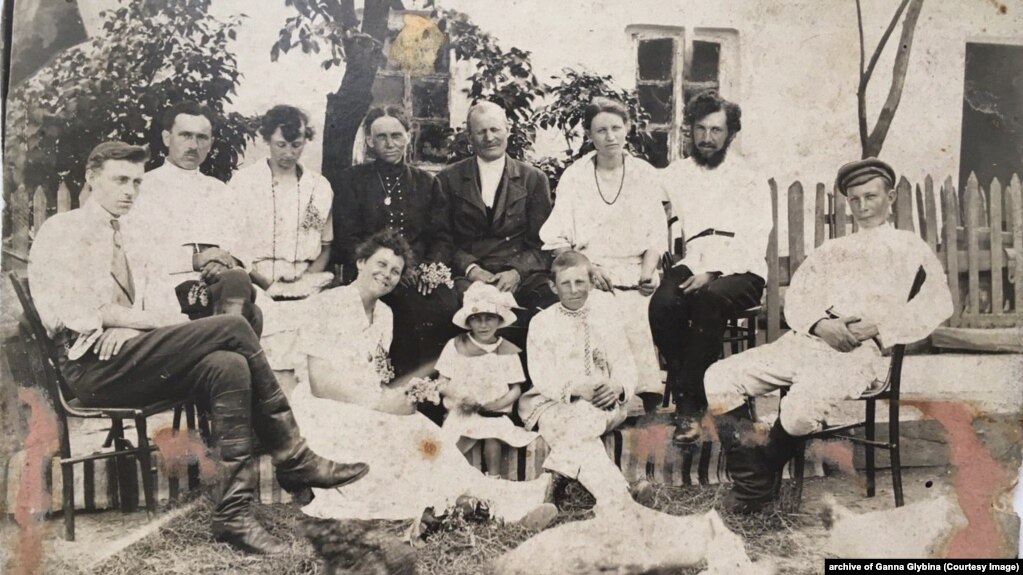A fundraising campaign has been launched to finish the construction of the Museum of Holodomor-Genocide, located in the Ukrainian capital Kyiv. Called Zerna Pravdy, "Grains of Truth" in Ukrainian, it aims to gather $60 mn by uniting the efforts of the state, large donors, middle-sized businesses, and individual philanthropists in Ukraine and abroad, to create the main exhibition of the museum.
The authors of the initiative plan that the money raised on the platform launched by the Holodomor Museum Foundation and the Postmen advertising agency will allow creating a world-class exposition and complex in Ukraine, completing the museum, the first part of which was built in 2008-2010.

In the first week, the campaign collected more than 150,000 UAH ($5200) in donations from 500 donors from all over Ukraine and the world. Many donations came from countries with a sizeable Ukrainian diaspora -- Canada, the United States, Argentina, and Russia, said the authors of the initiative.
The fundraising campaign will last for three years, it is available via this link. It will be accompanied by promotions, events, exhibitions, and roadshows in countries with large Ukrainian diasporas to gather support for the project. In addition, well-known Ukrainians and companies can act as ambassadors of Zerna Pravdy.
"Millions of Ukrainians killed during the Holodomor were not only deprived of their lives, their descendants were deprived of the right to remember them. Many visitors, when they come to the Hall of Remembrance in Kyiv and take 'National Book of Remembrance of the Victims of the Holodomor of 1932-1933 in Ukraine,' in their hands, check their family names in the Martyrology. That is why every new document, every new name, and hence every act of honoring is an attempt to give a voice to our victims,” said Ivan Vasyunyk, chairman of the Supervisory Board of the International Charitable Foundation for the Development of the Holodomor Memorial.
The project website presents images of many ungerminated grains. By making a donation, supporters can fill one of them with a photo, the story of a particular person, or a graphic pattern.

The data of the victims are taken from the digitized Martyrology compiled in 2008-2010 within the framework of the project National Book of Memory of the Victims of the Holodomor of 1932-1933 in Ukraine.
On Saturday, 28 November, Ukrainians mark Holodomor Remembrance Day. The famine of 1932-1933, artificially caused by the actions of the Soviet Bolsheviks, claimed the lives
of about 4 million Ukrainians, and according to more realistic estimates of demographic losses, including unborn children, more than 4.5 million.
Read more:
- “Let me take the wife too, when I reach the cemetery she will be dead.” Stories of Holodomor survivors
- Holodomor survivor stories come to life in mobile app for tourists
- Bread from tree bark and straw: students launch online “restaurant” with Holodomor “recipes”
- Was Holodomor a genocide? Examining the arguments
- So how many Ukrainians died in the Holodomor?
- Documents reveal Soviet repressions against those resisting Holodomor genocidal famine
- Why the Holodomor is genocide under UN convention: On Anne Applebaum’s Red Famine
- Ukrainians suffered three terror famines under the Soviets not just one
- Stalin’s terror famine killed Ukrainians at twice the rate of other nationalities, HURI study says
- The Holodomor of 1932-33. Why Stalin feared Ukrainians
- Stalin’s genocidal Holodomor campaign of 1932-33. What we know vs the denialist lies
- Stalin starved populations to death to russify Ukraine, North Caucasus and Kazakhstan, statistics show







